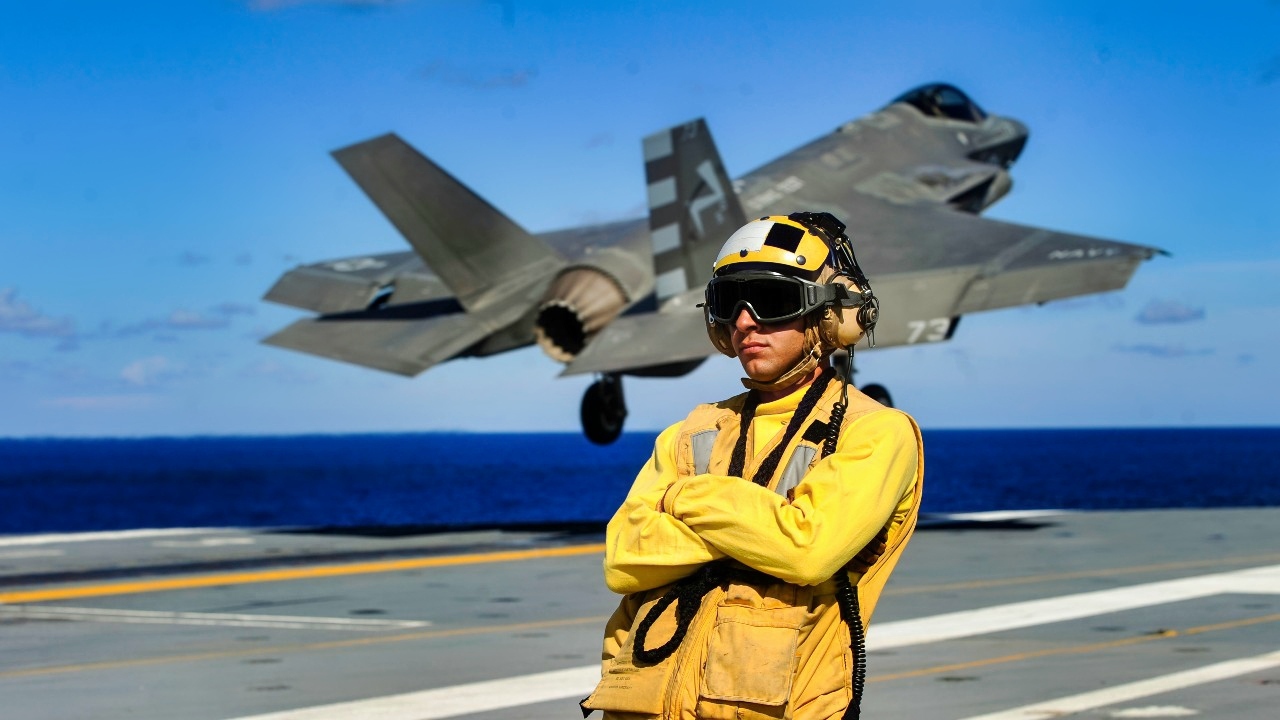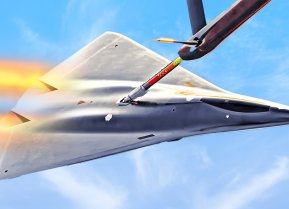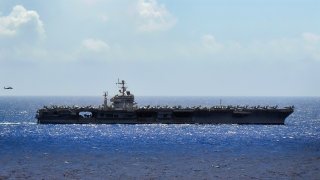The U.S. Navy 'Can't Exist' Without A Fleet of Aircraft Carriers
All things considered, it is impossible to think that the United States Navy could exist in the 21st century without a fleet of aircraft carriers.
Summary and What You Need to Know: The debate over whether the U.S. Navy could function without aircraft carriers highlights their pivotal role in modern naval operations, particularly in force projection. While the Navy operated without carriers until the 20th century, the modern geopolitical landscape makes them crucial.
-Despite the growing threats from anti-ship missiles and other advanced weaponry, carriers remain essential for supporting ground operations and defending strategic waterways. However, the future might involve a shift towards smaller, more numerous carriers rather than relying solely on costly supercarriers.
-The possibility of a Navy without carriers seems as unlikely as an Army without tanks or an Air Force without bombers.
Could the U.S. Navy Survive Without Aircraft Carriers?
A recent hypothetical raised on some discussion boards was whether the United States Navy could exist without aircraft carriers. There were numerous considerations – including whether the smaller Amphibious Assault Ships should be counted as carriers.
Yet, the simplest answer is that from its founding on October 13, 1775, until March 1922, when USS Langley (CV-1) was commissioned, the sea service had no aircraft carriers in service. In other words, for nearly its first 150 years of existence, the U.S. Navy got by without any flattops – but that answer is being a bit cheeky, as of course until the early 20th century there were no heavier-than-air aircraft in military service (or even in existence), so it was a moot point.
Thus, the question is really about whether the carrier has a place in the modern 21st-century U.S. Navy. The answer is a bit more complicated.
The Role of the Aircraft Carrier in the Modern Day
Aircraft carriers are about force projection around the globe, so the short answer is that the United States Navy remains committed to the floating airfields.
"The United States is a maritime nation, and the U.S. Navy protects America at sea. Alongside our allies and partners, we defend freedom, preserve economic prosperity, and keep the seas open and free. Our nation is engaged in long-term competition. To defend American interests around the globe, the U.S. Navy must remain prepared to execute our timeless role, as directed by Congress and the President," the sea service explains concisely but to the point in its mission statement.
Although it doesn't specify how the U.S. Navy should execute that role, since the Second World War, carriers have played a vital role – replacing the battleship as the core of the fleet. Yet, as the U.S. Naval Institute noted in a 2018 report, the role the carrier now plays has narrowed considerably. It stated, "The centerpiece of U.S. power projection has been the nuclear-powered aircraft carrier, a hugely expensive but immensely flexible asset that can conduct almost every naval role imaginable."
U.S. Navy Aircraft Carriers Can Be Sunk
The argument against large supercarriers – one emphasized by the U.S. Naval Institute and others – is that near-peer adversaries including (but certainly not limited to) China have made great strides in developing so-called "carrier killer" weapons, including anti-ship missiles that can strike targets from hundreds of miles away. Moreover, efforts to develop nuclear-armed drones, hypersonic weapons, stealth aircraft, and even small unmanned aerial systems (UAS) all pose a serious threat to the flattop in the 21st century.
It is also true that the United States Air Force has shown that its long-range strategic bombers are more than capable of conducting CONUS-to-CONUS missions, while the U.S. military maintains bases worldwide.

However, while carriers are vulnerable to a plethora of weapons, and long-range bombers can strike targets around the world, the carrier remains vital in supporting ground operations on distant shores – while the deployment of the Nimitz-class nuclear-powered supercarrier USS Dwight D. Eisenhower (CVN-69) to protect commercial shipping in the Red Sea has proven, a U.S. Navy carrier strike group (CSG) can both defend the waterways and then launch strikes on enemy positions with near impunity.
Rethinking the Role of the Aircraft Carrier
The real question isn't whether the U.S. Navy needs aircraft carriers, but whether it needs 11 nuclear-powered supercarriers that make for large tempting targets. The answer may be a return to more numerous and less costly smaller conventionally-powered flattops. In addition to costing less to produce, these would be easier to retire and scrap at the end of their services lives. Disposing of nuclear-powered carriers remains an expensive proposition!
More importantly, in large operations multiple warships could be employed together – and such deployments could allow for greater flexibility.
All things considered, it is impossible to think that the United States Navy could exist in the 21st century without a fleet of aircraft carriers. It would be like asking whether the U.S. Army can operate without tanks, or the U.S. Air Force without bombers. It is possible that someday smaller unmanned platforms will replace the bombers, the tanks, and yes, even the carriers – but that isn't today.
Author Experience and Expertise: Peter Suciu
Peter Suciu is a Michigan-based writer. He has contributed to more than four dozen magazines, newspapers, and websites with over 3,200 published pieces over a twenty-year career in journalism. He regularly writes about military hardware, firearms history, cybersecurity, politics, and international affairs. Peter is also a Contributing Writer for Forbes and Clearance Jobs. You can follow him on Twitter: @PeterSuciu. You can email the author: [email protected].
All images are Creative Commons.


